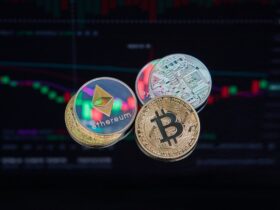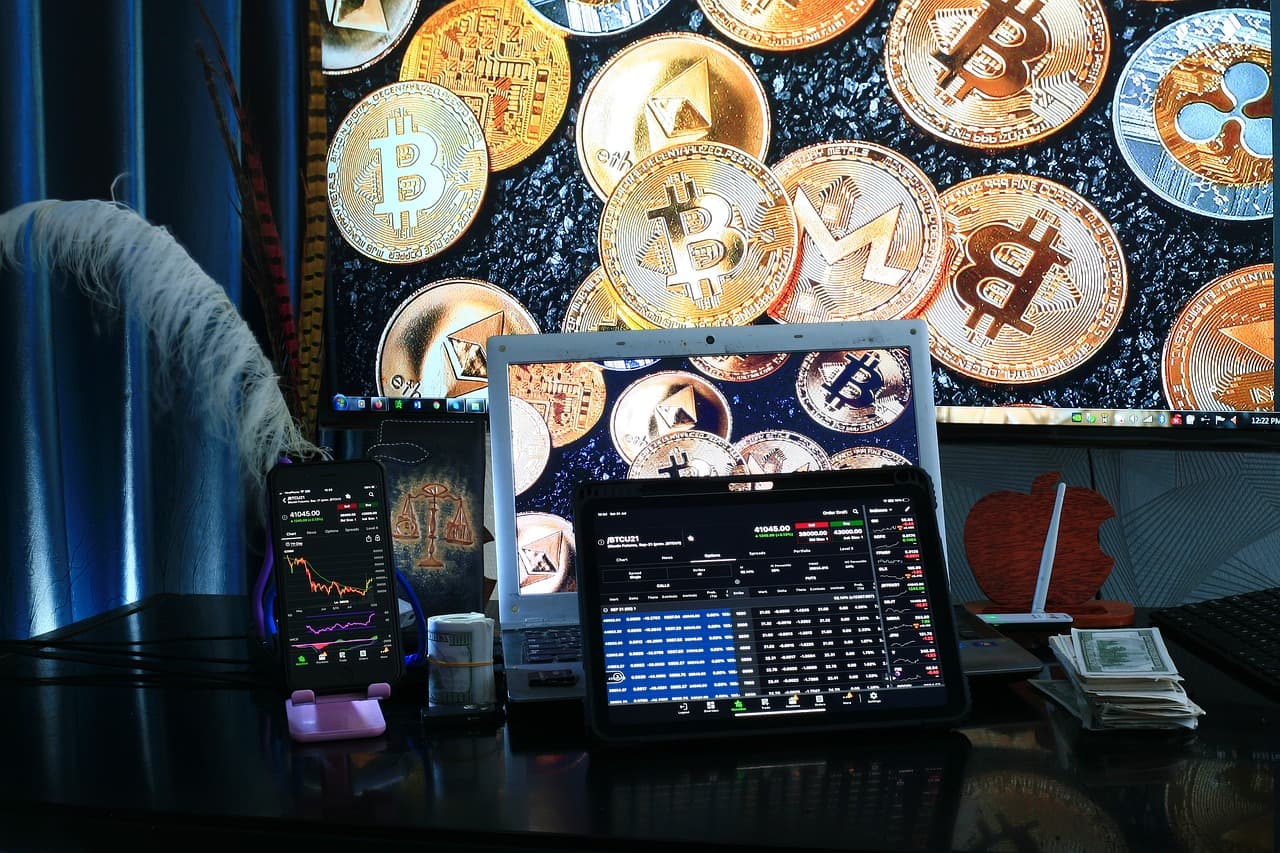Altcoins, or alternative coins, is the term used to describe cryptocurrencies that emerged after Bitcoin and offer alternative technological solutions or functionality. They were created to improve some aspect of Bitcoin, such as transaction speed, the level of privacy that is important to crypto casinos in Spain, or functionality. Examples of popular altcoins include Ethereum, Ripple, Litecoin and Dash.
Why Did The Need for Altcoins Arise?
Bitcoin, being the first cryptocurrency, laid the foundation for the further development of the cryptocurrency industry. However, despite its popularity and widespread adoption, Bitcoin has drawbacks, such as relatively slow transaction speeds and limited ability to integrate with other systems. Altcoins offer solutions to these problems, each with unique features that set them apart from Bitcoin.
Key Features of Popular Altcoins
Altcoins were created to offer improvements over the original Bitcoin cryptocurrency. Different altcoins try to solve specific problems or offer unique features that Bitcoin doesn’t have. Here are some of the most popular altcoins and their key features:
- Ethereum: Perhaps the most well-known altcoin after Bitcoin. Ethereum introduced the concept of smart contracts, allowing users to create decentralised applications (DApps). This opened the door to a wide range of applications, from the automatic execution of contracts to the creation of decentralised autonomous organisations (DAOs). These capabilities have made Ethereum the platform of choice for most ICO projects.
- Ripple: What makes Ripple special is its focus on banking and corporate transactions. Ripple allows for faster and cheaper international payments compared to traditional banking systems. This system is particularly attractive to financial institutions due to its ability to quickly process large volumes of transactions with low fees.
- Litecoin: This altcoin is often referred to as the “silver to the gold of Bitcoin”. Litecoin’s main advantages are improved transaction speeds and reduced fees. Litecoin uses a different hashing algorithm, which makes it more accessible for mining on regular computers compared to Bitcoin.
- Dash: Dash focuses on privacy and anonymity of transactions. It offers a PrivateSend feature that allows you to hide transaction traces, thus providing users with greater privacy. Additionally, Dash has an InstantSend feature that provides almost instantaneous transaction processing, which differentiates it from many other cryptocurrencies.
These altcoins represent just the tip of the iceberg in the diverse world of cryptocurrencies. Each of them was developed with a specific goal in mind, to address Bitcoin’s shortcomings or to offer entirely new features and solutions.

Negative Aspects of Altcoins
While altcoins offer innovations and improvements over Bitcoin, they also carry a number of drawbacks and risks. The main concerns relate to security, volatility and market acceptability.
- Volatility: Altcoins are often subject to significant price fluctuations. This high volatility can lead to dramatic investment losses in the short term, making them a risky choice for inexperienced investors.
- Security: Many altcoins do not have the same level of security as Bitcoin. Flaws in the code or poorly designed architecture can lead to vulnerabilities that attackers can exploit to steal funds or attack the network.
- Liquidity: Some altcoins suffer from low liquidity, making it difficult to buy or sell large amounts of coins without significantly affecting the market price. This can also make them less attractive to large investors or institutional participants.
- Acceptability: Many altcoins are not widely recognised or supported in the industry. Lack of support from vendors and developers may limit their real-world use, reducing their potential utility and value.
- Pump and dump risk: Some altcoins become the targets of speculative “pump and dump” campaigns, where the price is artificially inflated for subsequent sale at the peak. Prices then plummet, leaving many investors with substantial losses.
How Altcoins Get Started: ICOs
Altcoin investment campaigns typically begin with an initial coin offering (ICO), similar to crowdfunding. Altcoin creators present a white paper that outlines the project’s details, technology, and financial needs. Investors, confident in the project’s potential, invest and receive tokens that can later be exchanged for altcoins once the project is launched.
How to Choose an Altcoin for Investment?
Choosing an altcoin for investment requires careful analysis and research. It is important to evaluate the altcoin’s technological potential, the level of community support, as well as the financial stability and transparency of the project. Investors should study historical price data, trading volume and market capitalisation on cryptocurrency exchanges.
Conclusion
Altcoins play an important role in the development of the cryptocurrency industry, offering alternatives to Bitcoin with improved technological solutions and new features. However, like any investment, it comes with certain risks. Therefore, it is important to conduct in-depth research and critically evaluate the potential of each altcoin before investing.









